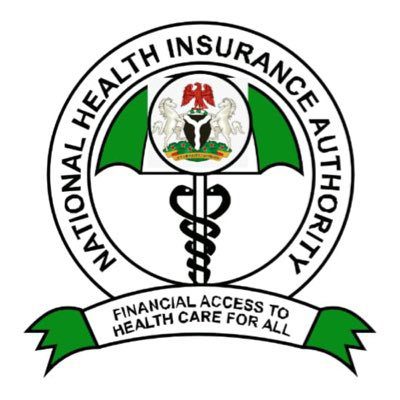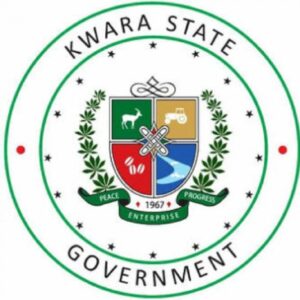


NHIA surpasses target, covers 18.7m Nigerians in Q2 2024 – DG
The Nigerian Health Insurance Authority (NHIA) says it has made significant strides in expanding health insurance coverage across the country.
The Director-General of NHIA, Dr Kelechi Ohiri, disclosed this on Monday in Abuja during the inaugural Quarterly Performance Dialogue between the Federal Government, 36 State Governments, and key health sector stakeholders.
According to Ohiri, as of the second quarter of 2024, nearly 18.7 million Nigerians were covered by health insurance, surpassing the target set for the period by an impressive 11 per cent.
He said that this achievement highlighted the NHIA’s dedication to achieving universal health coverage (UHC).
“The authority’s vision is centered on bridging the gap in healthcare access for millions of Nigerians and enhancing the overall quality of care.
“Despite this progress, several challenges persist,” he said.
He said that one of the significant challenges identified was the uneven distribution of coverage, particularly the disparity between the formal and informal sectors.
To tackle these challenges, Ohiri said that the NHIA had outlined a strategic plan for the future.
He mentioned that the authority aimed to leverage data and technology to enhance service delivery and patient outcomes.
He said that the NHIA was optimising operations and fostering citizen engagements in its commitment to improving healthcare access.
“The Authority has set an ambitious target to cover 20 million Nigerians by 2027, a goal that underscores its comprehensive vision for universal health coverage in the country,” he disclosed.
According to him, the positive trend in health insurance coverage is a crucial step towards ensuring more Nigerians can access quality healthcare.
“The authority’s focused approach and commitment to addressing current challenges positions it as a vital player in the journey towards universal health coverage in Nigeria,” he added.
It was reported that the inaugural Quarterly Performance Dialogue, the first quarter, maternal and child health indicators across Nigeria were discussed.
The latest health scorecard findings reveal a complex picture of progress and challenges.
While there have been improvements in some areas, significant issues persist, particularly in antenatal care attendance and data quality.
The report indicates a positive trend in skilled birth attendance (SBA) coverage, with improvements seen in the first quarter of 2024 compared to the third quarter of 2023.
This suggests that more women are receiving professional care during childbirth, which is crucial for reducing maternal and infant mortality rates.
However, the coverage rates for the first antenatal care visit (ANC-1) have fallen below 80 per cent in most states. The drop-off in SBA coverage compared to ANC-1 is particularly concerning.
The highest coverage rates for ANC-1 are observed in the Northeast, while the North-Central region lags behind.
The decline in ANC-1 visit coverage in all states from the third quarter of 2023 to the first quarter of 2024 raises alarms.
Some states reported coverage rates exceeding 100 per cent in the third quarter of 2023, suggesting issues with data accuracy.
Moreover, coverage for the fourth antenatal visits has generally been higher according to the 2021 Multiple Indicator Cluster Survey/National Immunisation Coverage Survey (MICS/NICS) compared to reports from the District Health Information System (DHIS-2).
A reduction in ANC-4 coverage compared to ANC-1 highlights significant challenges in ensuring continuity of care for pregnant women.
Most states reported lower ANC-4 coverage in the first quarter of 2024 than in the third quarter of 2023, indicating that many women are not receiving the recommended number of antenatal visits.
The scorecard also points to inconsistencies in vaccination coverage.
The Penta-3 vaccine coverage, critical for protecting children against diphtheria, pertussis, and tetanus, was lower in the 2021 MICS/NICS survey compared to DHIS-2 reports.
Additionally, some states reported Penta-3 coverage rates above 100 percent in Q1 2024, again highlighting potential data quality issues.
On a positive note, all states reported that more than 70 per cent of malaria cases were treated with Artemisinin-based Combination Therapy (ACT).
However, some states recorded ACT treatment rates above 100 per cent, suggesting discrepancies in the reported data.



